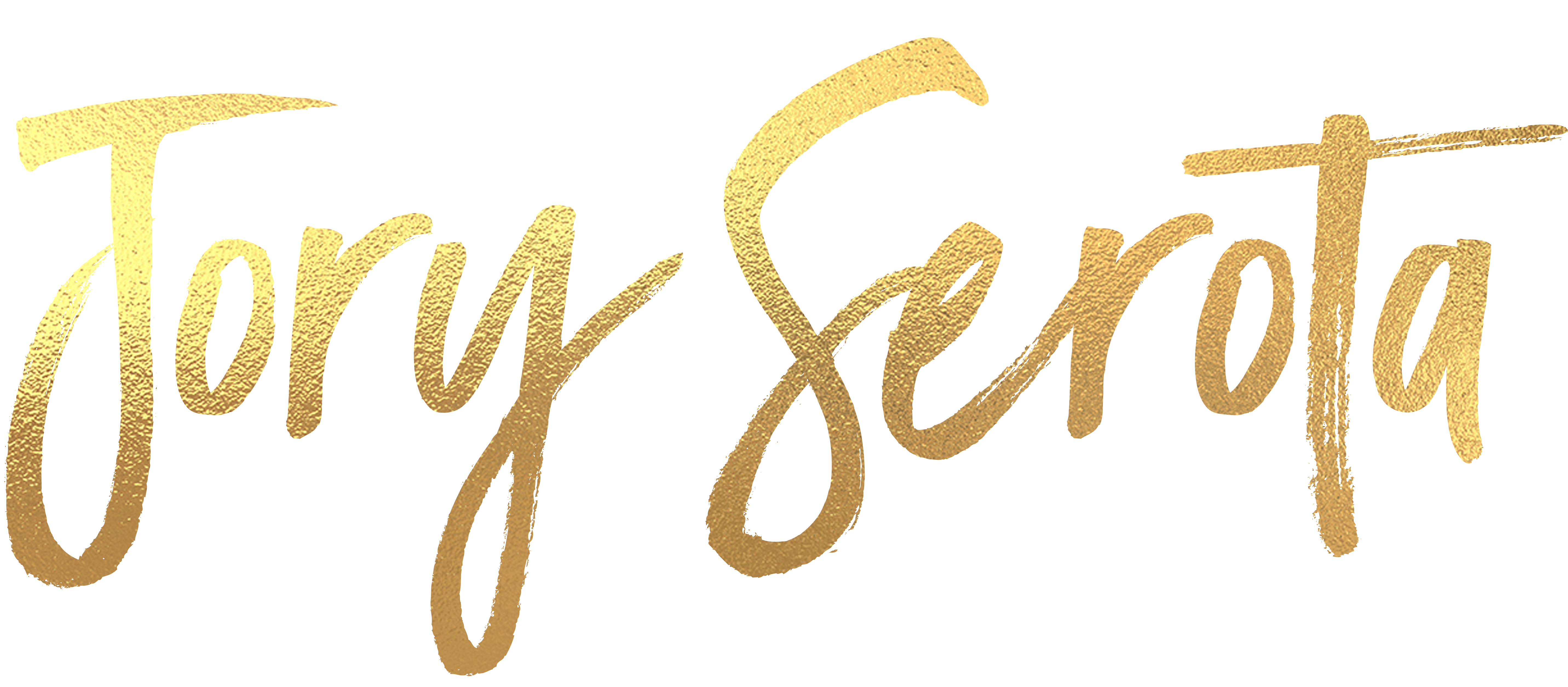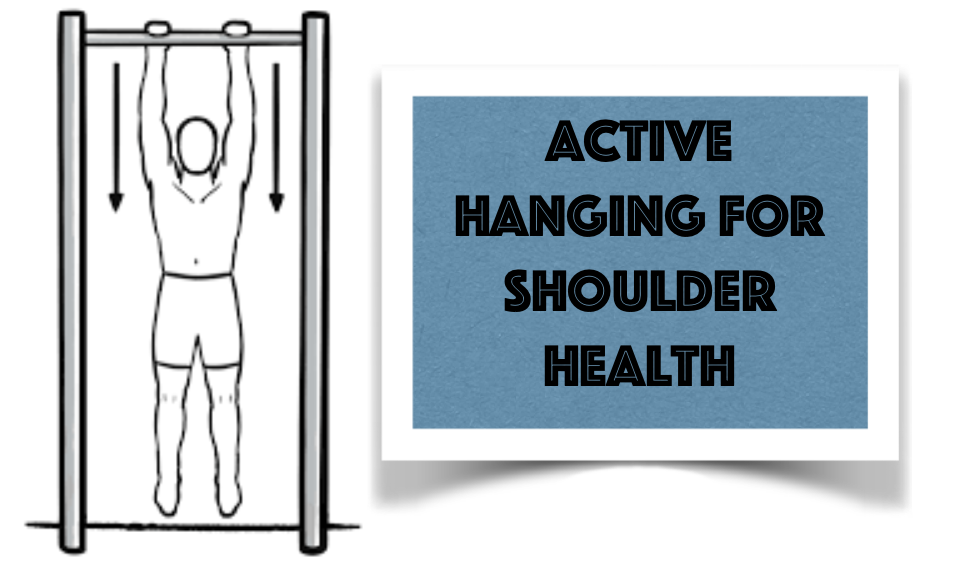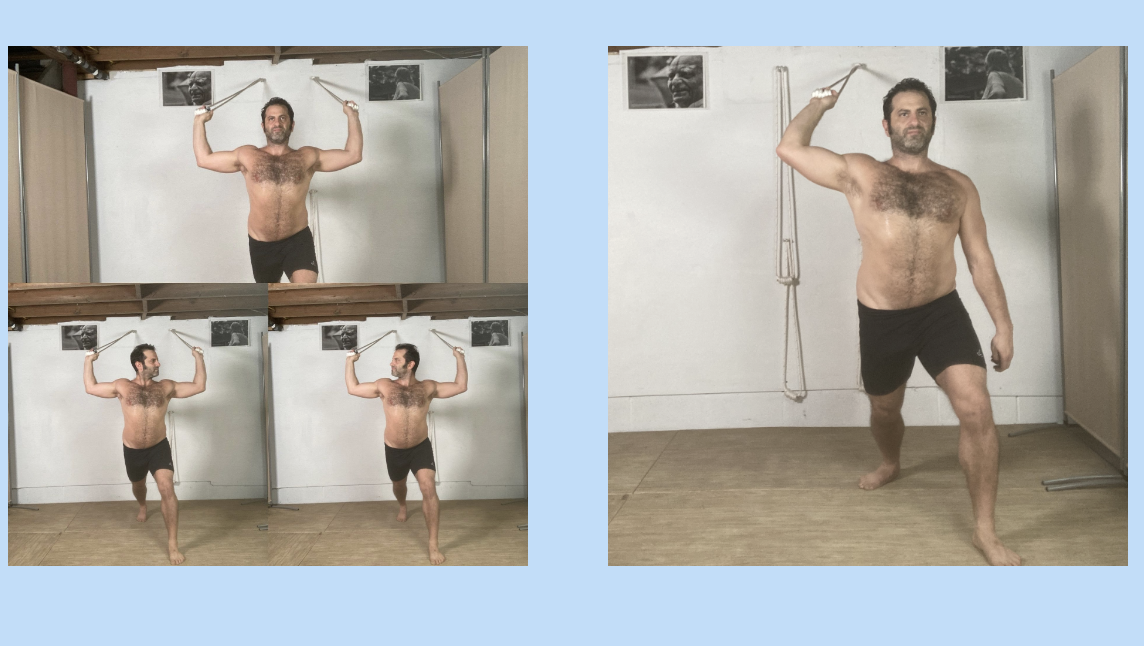Let’s talk about the shoulders.
First, the shoulder is one of the most complex joints in the human body. There are over 16 muscles that attach to the scapula and 8 that support the shoulder itself.
The rotator cuff, which consists of 4 muscles, connects the joint capsule and aids in glenohumeral stability.
Rotator cuff tears happen when the load on the shoulder is greater than what the muscle can bear. This can be due to lack of strength training, lack of flexibility or an imbalance of neurological activity in the muscles themselves.
Due to all this complexity, the shoulder can lean in two directions:
- Overly taut and lacking range of motion
- Too loose and hyper-mobile
Someone who is hyper-mobile has to be a lot more careful when stretching but there are still advantages when it’s done intelligently.
In the past few years, “hanging” has become one identified way to relieve shoulder pain. It decompresses the joint and allows it to breathe.
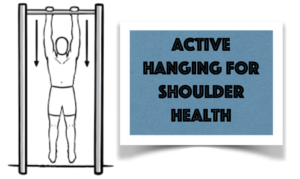
There are actually many ways to hang and each will provide a different effect. Since the shoulder has more motion than any other joint in the human body, it’s important to “hang” or “traction” it at different angles
Here are some examples:
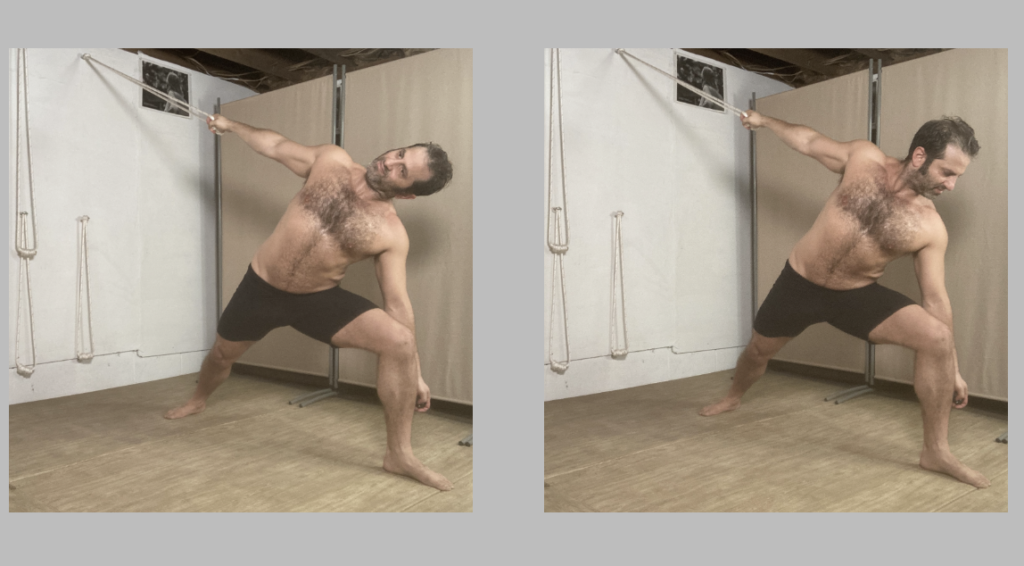
This ^^^^ is one of my favorites. It tractions the shoulder but has a very important added bonus…
It can free your neck.
The neck and the shoulder are intimately connected and what happens in one often has an effect on what happens in the other. When your shoulder lacks range of motion, your neck commonly compresses. In some of my Applied Yoga online courses I show ways to assess what’s affecting what and how to heal it.
As you can see in the two pictures above, my head is turned in different directions. This has a profound effect on the neck.
Below is one way to create external rotation of the shoulder. When we lose external rotation, the shoulders round forward which causes the head to also jut forward and the chin to tilt up. This is called forward head posture (FHP) and leads to neck and upper back pain.
And of course if we’re going to work on external rotation, we have to work on internal rotation as well. The pose below is called Gomukhasana in the yogic lineage and the Apply Scratch Test in a physical therapy assessment. It combines internal rotation, extension, adduction and elbow flexion. It’s a great tool for increasing mobility in the joint capsule
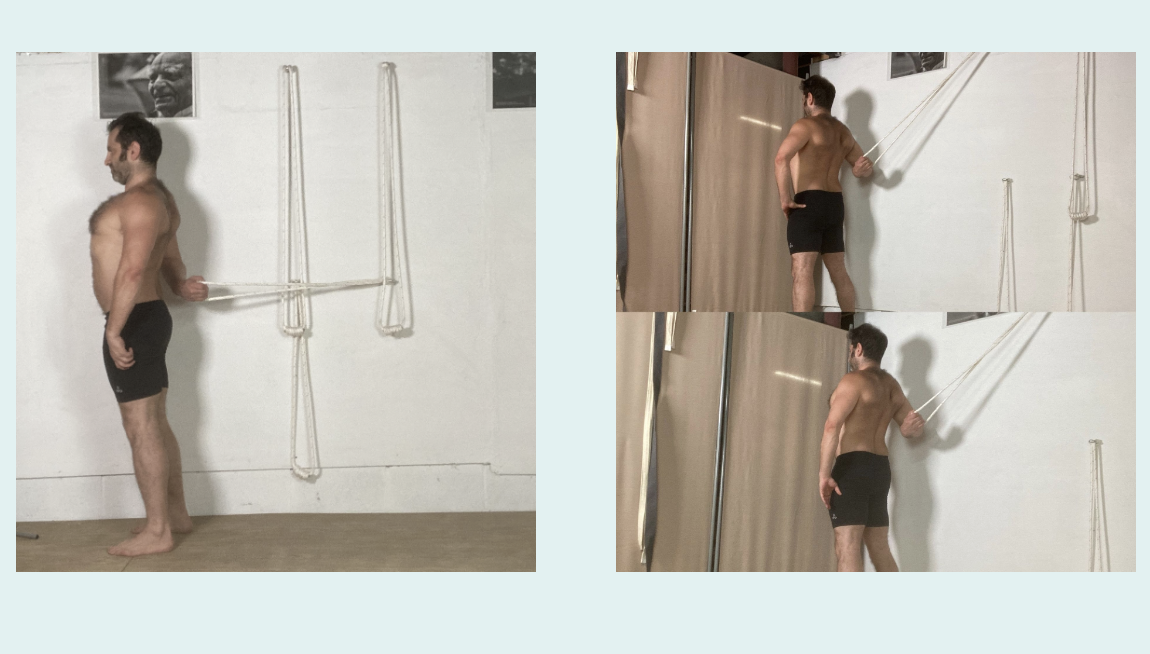
Now, I know many of you don’t have a rope wall but there’s an easy fix for
hat. All you need is a strap and a door. Just click THIS VIDEO to see how.
For those of you that do have a rope wall (if you want to make one, it’s just a matter of putting an eye hook in a stud and getting the ropes, which you can get HERE), here’s another fantastic way to use them. This pose increases thoracic extension and sets the glenohumeral joint in place. It’s a very effective way to open the shoulders, neck and upper back.
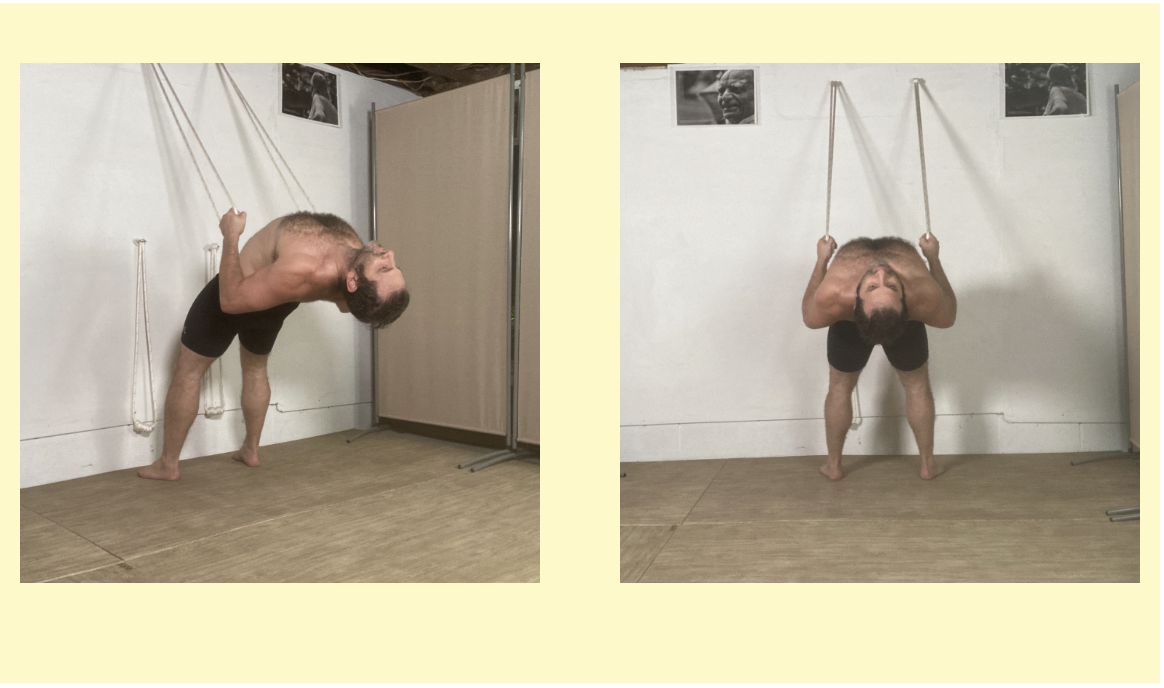
Alright , that’s all for today. I hope you’ve gotten some benefit from this.
Happy Shoulders to you!
Jory
